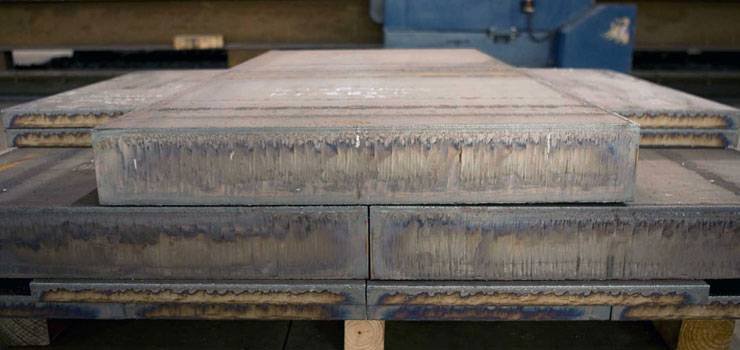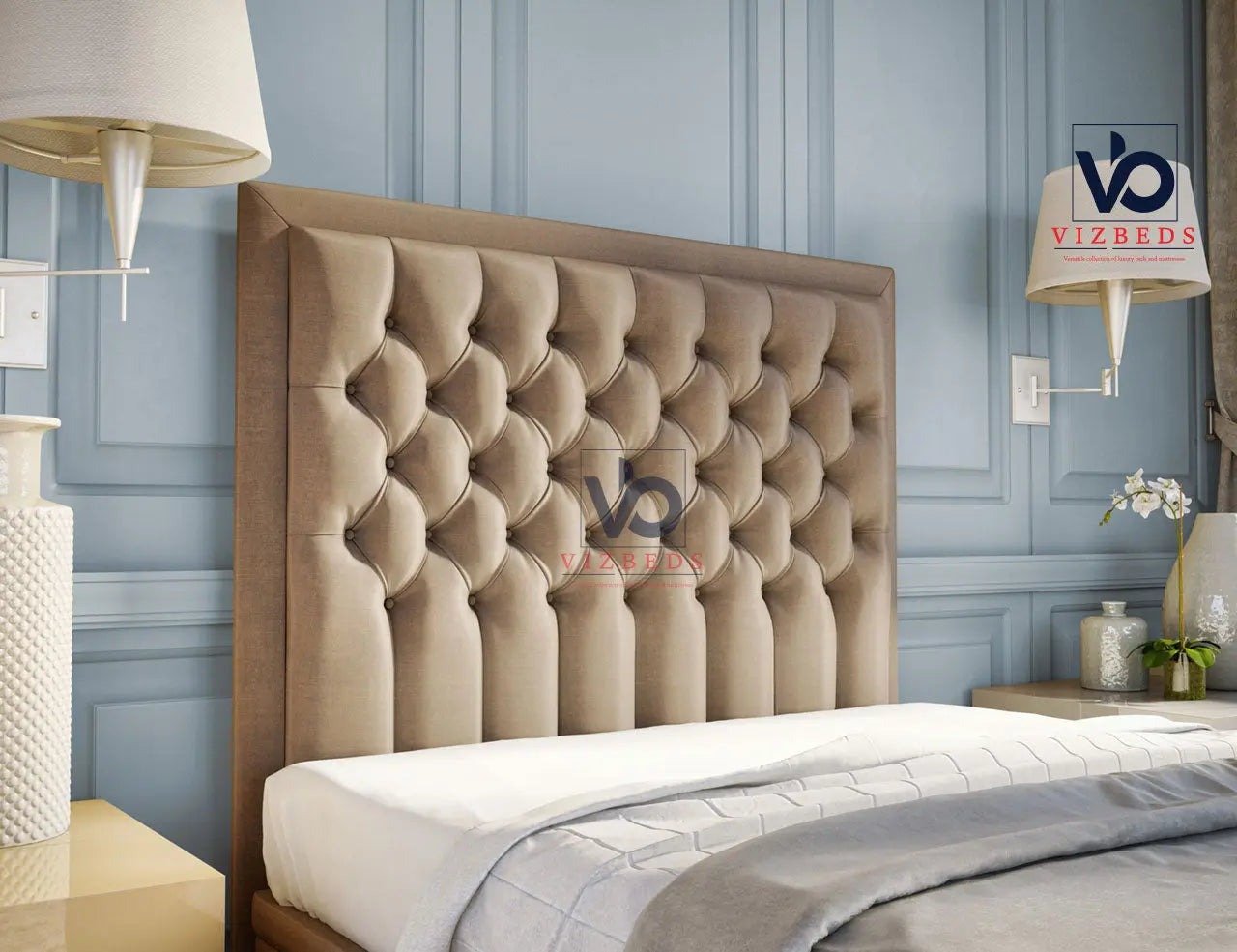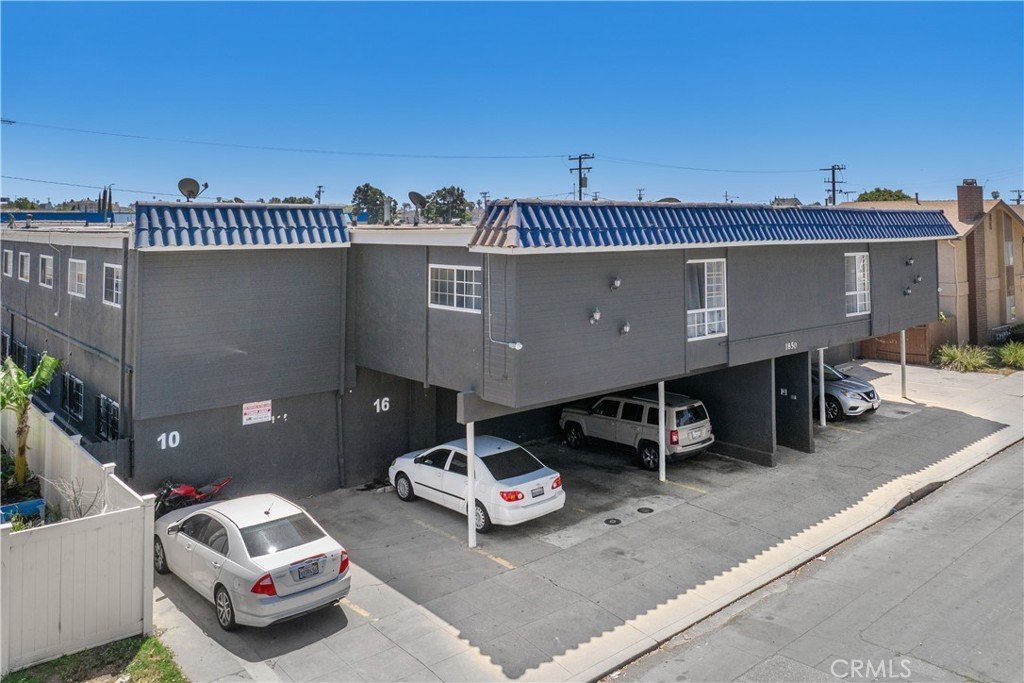In the rough-and-tumble world of heavy industry, few forces are as destructive as abrasion, impact, and wear. For any equipment operating in a mine, cement plant, or construction site, the constant grinding of rock, sand, and other materials is a battle of attrition. This is where a specialized category of steel, known as wear plate, becomes an essential, money-saving solution.
Wear plate is not a standard structural steel. It is a purpose-built material designed to serve as a sacrificial “armor” for expensive machinery. By lining a truck bed, a bulldozer blade, or a chute with this plate, companies can dramatically extend the service life of their most valuable assets. Instead of replacing an entire, complex piece of equipment, they simply replace the worn-out liner.
But not all wear-resistant plates are created equal. The term “wear plate” itself covers two distinct categories of product, each with a different composition, set of properties, and ideal application. Understanding this difference is the key to selecting the right material for the job.
The Two Main Types of Wear Plate
The primary goal of any wear plate is to be harder than the material that is trying to wear it down. This is achieved in two different ways.
1. Through-Hardened Wear Plate (AR Plate)
This is the most common type of wear plate, often known by its grades: AR400, AR450, AR500, etc. The “AR” stands for “Abrasion Resistant,” and the number corresponds to the plate’s target hardness as measured on the Brinell scale (HBW).
- Composition & Manufacturing: These are monolithic plates, meaning the steel has the same composition all the way through. They are typically an alloy steel with moderate carbon content and other elements like manganese, chromium, and molybdenum. The magic happens during manufacturing. The plate is heated to a high temperature and then rapidly cooled in a “quench and temper” process. This heat treatment creates a very hard, fine-grained microstructure called martensite, which is what gives the plate its excellent hardness and wear resistance.
- Best For: AR plates offer an excellent balance of properties. They provide good resistance to both sliding abrasion (like sand sliding down a chute) and moderate impact (like rock being dropped into a truck bed). Because the hardness goes all the way through, it remains wear-resistant even as the plate gets thinner.
2. Clad Wear Plate (Overlay Plate)
This is a composite material, essentially a “steel sandwich.” It is also commonly known as chromium carbide overlay (CCO) plate.
- Composition & Manufacturing: Clad plate consists of two parts: a tough, formable base plate (usually a standard mild or low-carbon steel) and an extremely hard overlay. This overlay is applied to the base plate using a specialized welding process (like submerged arc or open-arc welding). The weld deposit is an alloy rich in hard “carbides”—most commonly chromium carbides. These carbides are exceptionally hard, far harder than the martensitic structure of an AR plate.
- Best For: Clad plates are the ultimate solution for extreme sliding abrasion. The surface hardness of a clad plate can be significantly higher than even an AR500 plate. The hard carbides are the “wear-doing” particles, while the soft, tough base plate absorbs impacts and, just as importantly, makes the plate easy to weld onto equipment.
Key Properties That Define Wear Plate
When evaluating a wear plate, engineers and procurement managers focus on a few key performance indicators.
Hardness
This is the number-one property for fighting wear. Hardness is a material’s ability to resist indentation or scratching. In the world of wear, if the steel plate is harder than the abrasive particle (e.g., sand, gravel), the particle will slide off. If the particle is harder, it will dig in and “cut” a microscopic groove—this is abrasion.
- AR Plates: Hardness is measured in Brinell (HBW). An AR400 plate has a hardness of approximately 400 HBW.
- Clad Plates: Hardness is often so high that it is measured on the Rockwell C scale (HRC). A typical chromium carbide overlay can be 55-65 HRC, which is equivalent to over 600 HBW.
Toughness (Impact Resistance)
Toughness is the flip side of hardness. It is the material’s ability to absorb energy and deform without cracking or fracturing. A material that is extremely hard (like glass) is often very brittle and has low toughness.
- In a dump truck, the liner needs to be hard, but it also needs to be tough to survive a one-ton boulder being dropped on it.
- This is where the trade-off comes in. An AR400 plate is less hard than an AR500 plate, but it is significantly tougher.
- Clad plates get the “best of both worlds”: the tough mild steel base absorbs the impact, protecting the ultra-hard (but more brittle) carbide overlay from shattering.
Abrasion Resistance
This is the ultimate goal. While related to hardness, it is the true measure of performance. It is tested using specific “wear tests” (like the ASTM G65) that measure how much material is lost when subjected to a standardized abrasive slurry.
- Sliding Abrasion: This is where material (like grain or sand) slides across the surface at a low angle. Clad plates with their high carbide content are the undisputed champions here.
- Gouging Abrasion: This is high-stress abrasion, like the “teeth” of a digger bucket. A through-hardened AR plate is often preferred here.
Fabrication (Weldability and Formability)
A plate is useless if it cannot be installed.
- AR Plates: Because they are hard all the way through, they can be more challenging to work with. They require special procedures for welding (pre-heating, low-hydrogen rods) to prevent cracking. Bending them also requires immense force.
- Clad Plates: These are designed for easy fabrication. All the welding and bending are done on the soft, ductile mild steel base. This makes them much easier and cheaper to install.
Selecting the right wear plate often comes down to this balance: a plate that is too hard to install is the wrong choice, even if it has superior wear properties.
Industrial Applications: Where Wear Plate Is Essential
Wear-resistant steel is found in any industry that digs, crushes, screens, or transports abrasive materials.
- Mining and Quarrying: This is the most common application.
- Dump truck bed liners
- Shovel and excavator bucket liners
- Crusher liners and wear cheeks
- Chutes and hoppers
- Cement and Aggregate: The constant flow of clinker, cement, and gravel is intensely abrasive.
- Feeders and chutes
- Fan blades and housings (for abrasive dust)
- Mixer liners and paddles
- Screen plates
- Construction and Earthmoving:
- Bulldozer moldboards and blades
- Grader blades
- Scraper bowls
- Recycling (Scrap and Waste):
- Shredders and “hammer” mills
- Trommel screens
- Conveyor transfer points
- Agriculture:
- Plowshares and cultivator tines
- Chutes for grain and feed
In all these applications, the goal is the same: reduce downtime. Every hour a piece of equipment is down for repairs is an hour of lost production. Wear plate is a critical investment in maximizing uptime.



Leave a Reply